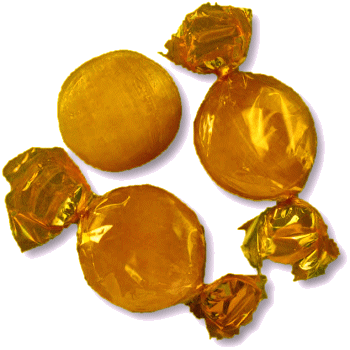




WELCOME TO An Entertainment Site for Scottish Country Dancers - Enjoy the curated selection of theme-related dances for celebrations and holidays, or find a dance associated with a special calendar day, or EVEN your own birthday!
Apple Cider Day
Nov 18
Other Scottish Country Dances for this Day
Today's Musings, History & Folklore
"An apple a day keeps the doctor away ...
But cider keeps the boredom at bay!"
"How do you like them apples?" Apple cider making dates back thousands of years, with origins traced to ancient civilizations such as the Celts and Romans, who discovered that apples could be fermented to create a refreshing, alcoholic drink. The practice spread across Europe, where different regions developed unique methods and tools, from wooden presses to hand-cranked grinders. In colonial America, cider quickly became a staple beverage, as apple orchards were abundant and cider was often safer to drink than water. Today, artisanal cider making has seen a resurgence, with a focus on heritage apple varieties and traditional techniques! Cheers! Develop your own technique with this five couple reel which starts in in a domino 5 position with first couple in the center who begin the rotational cider-pressing circles. Let the Apple-some reel begin! 🍎 🍏 🍎
Gordon's Cider Press
Apple cider has ancient roots, with evidence of apple fermentation dating back to early civilizations using wild crabapples. By the Roman era, around 55 BCE, cider-making was well-established in Britain, enhanced by techniques brought by the Romans. During the Middle Ages, cider flourished in northern Europe, especially in England and Normandy, where specialized apple varieties were cultivated for their unique balance of sweetness, acidity, and tannins. Monasteries played a vital role in refining fermentation methods, making cider a safer alternative to water and a staple of daily life.
The spread of cider to the Americas in the 17th century marked a new chapter. European settlers brought apple seeds and their fermentation techniques, finding apples an ideal crop in the New World. Cider became the most popular beverage in colonial America, with even children drinking diluted "ciderkin." The Industrial Revolution later transformed production with mechanized presses and pasteurization, but cider's popularity waned due to urbanization, the rise of beer, and Prohibition in the United States, which devastated apple orchards and cider culture.
Cider experienced a revival in the late 20th century, driven by a renewed interest in craft beverages. Today, it is celebrated worldwide, with regional styles ranging from the tannic ciders of Normandy to the sparkling varieties of Asturias and the crisp modern ciders of the United States. Combining traditional methods with modern innovations, cider-making has evolved into a sophisticated craft while retaining its deep cultural and agricultural heritage.
If cider making from scratch is not in your immediate future, browse some mulled cider recipes for the season by clicking the painting "Cider Making" by American artist, William Sidney Mount,1840–41.
Click the dance cribs or description below to link to a printable version of the dance!



